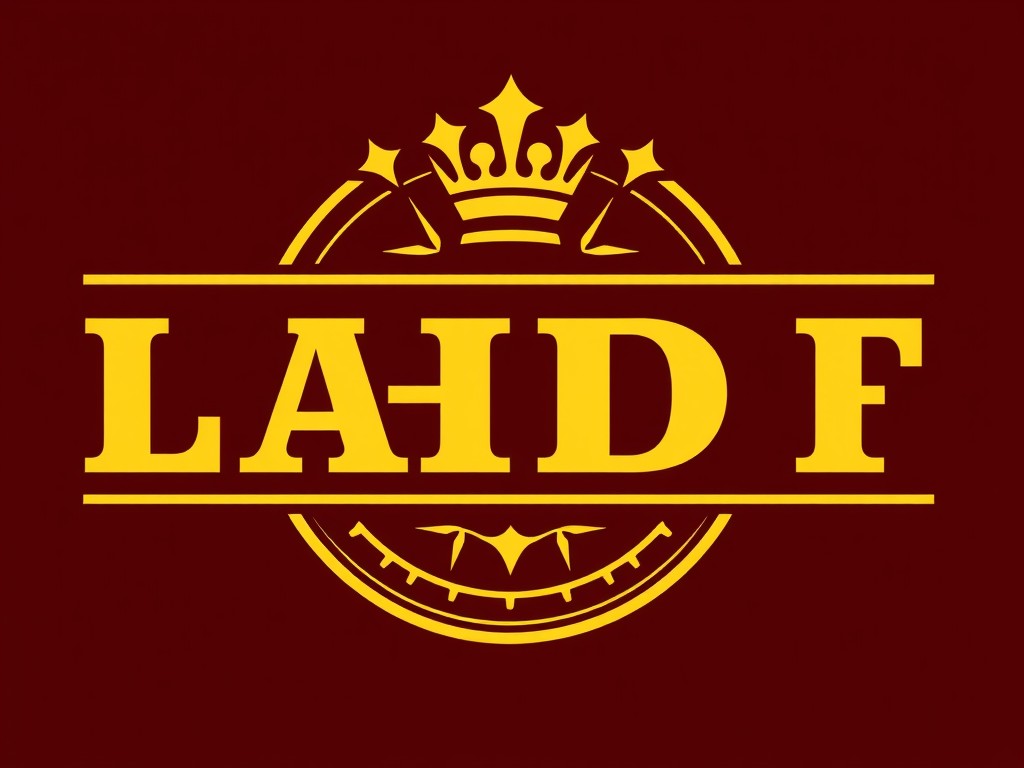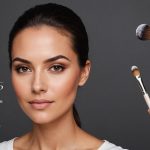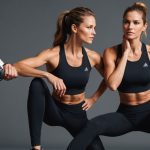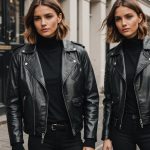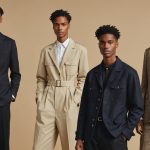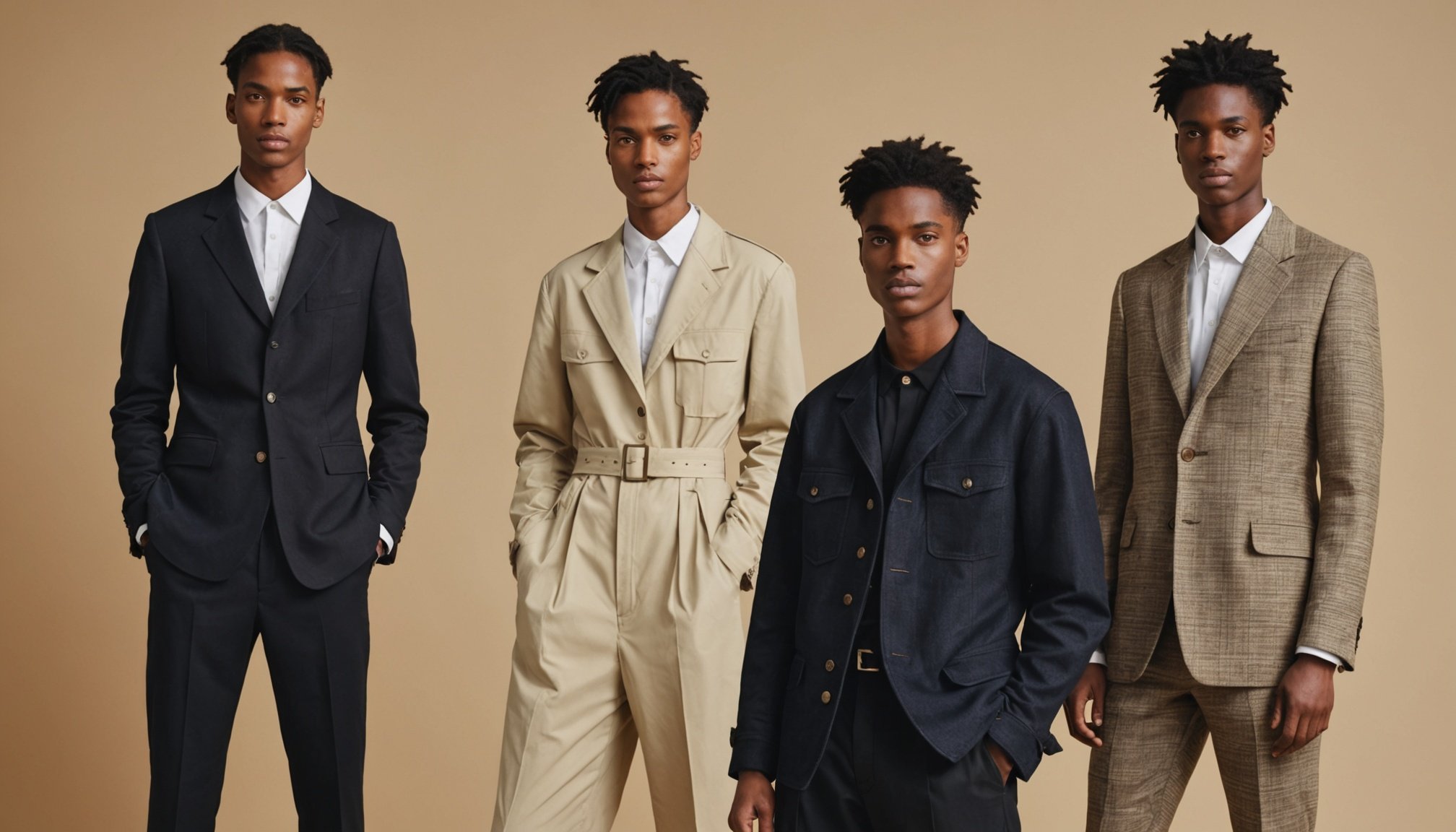Pioneering UK Designers Revolutionizing Gender-Neutral Fashion Trends
In the ever-evolving world of fashion, one of the most significant and exciting shifts in recent years has been the rise of gender-neutral fashion. This movement, driven by innovative designers, is redefining traditional gender norms and pushing the boundaries of self-expression. Here, we delve into the work of pioneering UK designers who are at the forefront of this revolution.
The Evolution of Gender-Neutral Fashion
Gender-neutral fashion is not a new concept, but it has gained unprecedented momentum in the past few years. This trend is about more than just clothing; it’s a cultural shift that promotes inclusivity, diversity, and freedom of expression. Historically, figures like Mary Quant, who challenged traditional gender roles in the 1960s with her mod designs, have paved the way for today’s innovators.
In the same genre : The definitive handbook for selecting ideal winter socks to tackle uk chill
| Designer | Notable Contributions | Impact on Industry |
|
|----------------------------------------------------------------------------------------|
|
| Mary Quant | Introduced mod clothing, mini skirts, and androgynous styles in the 1960s | Pioneered the youthquake movement, challenging traditional gender roles |
| Harris Reed | Blurs lines between male and female clothing with fluid, gender-neutral designs | Featured in London Fashion Week, recognized for innovative approach to gender-neutral fashion |
| Stella McCartney| Advocates for sustainable and ethical fashion, offering gender-neutral options | Influential in promoting eco-friendly and cruelty-free practices in the fashion industry |
Harris Reed: A Pioneer in Gender-Neutral Design
Harris Reed, a British-American fashion designer, has emerged as a leading figure in the gender-neutral fashion movement. Reed’s designs are characterized by their fluidity, blending traditional male and female elements into a cohesive, neutral aesthetic. This approach has garnered significant attention, including features in London Fashion Week.
“Harris Reed’s work is a testament to the power of fashion as a tool for social change. By blurring the lines between traditional gender roles, Reed is helping to create a more inclusive and accepting fashion world,” notes a fashion industry insider.
Topic to read : The essential handbook for perfectly styling synthetic wigs for an unforgettable night out in london
Stella McCartney: Sustainable and Ethical Fashion
Stella McCartney, a well-known fashion designer and daughter of Paul McCartney, has been a long-time advocate for sustainable and ethical fashion. Her brand offers a range of gender-neutral options, emphasizing the importance of cruelty-free and eco-friendly practices in the industry.
“Sustainability is at the heart of everything we do. It’s not just about the clothes; it’s about the impact we have on the world,” Stella McCartney explained in an interview. Her commitment to ethical fashion has set a high standard for other designers to follow.
Existential Thread and The Spark Company: Ethical and Vegan-Friendly Brands
Smaller, independent brands like Existential Thread and The Spark Company are also making significant contributions to the gender-neutral fashion scene. These brands prioritize ethical manufacturing, sustainable fabrics, and vegan-friendly practices.
Existential Thread, for example, offers gender-neutral leisure and casual wear made from 100% organic cotton. Their items are embroidered to order, reducing waste and ensuring ethical production conditions[1].
The Spark Company, another UK-based brand, sells ethically made, 100% vegan-friendly apparel. They donate part of their profits to charities such as Bloody Good Period and akt, an LGBTQ+ youth homelessness charity. Their commitment to sustainability includes a zero-waste policy and the use of vegan dyes[1].
Key Trends in 2025 Gender-Neutral Fashion
As we look at the fashion trends forecast for 2025, several key themes emerge that align perfectly with the gender-neutral movement.
Maximalism and Bold Expressions
Maximalism is back, with bold colors, dramatic patterns, and over-the-top accessories. This trend encourages individuals to express themselves freely, without the constraints of traditional gender norms[2].
Bohemian and Androgynous Styles
The bohemian aesthetic, characterized by flowing fabrics and earthy tones, is making a grand return. This style often incorporates androgynous elements, such as lace blouses paired with leather jackets, creating a modern twist on the classic boho look[2].
Redefining Denim
Denim remains a staple in 2025 fashion, but with new takes on classic styles. From wide-leg jeans to denim dresses, the versatility of denim allows for endless gender-neutral styling options[2].
Practical Insights and Actionable Advice
For those looking to incorporate more gender-neutral fashion into their wardrobe, here are some practical tips:
- Experiment with Layers: Layering different pieces can help create a look that is both stylish and gender-neutral. Try pairing oversized blazers with tailored trousers or dresses.
- Choose Sustainable Fabrics: Opt for brands that use sustainable and ethical fabrics. This not only supports the environment but also promotes fair labor practices.
- Embrace Bold Colors and Patterns: Maximalism is all about bold expressions. Don’t be afraid to try out vibrant colors and dramatic patterns to add personality to your outfits.
- Invest in Timeless Pieces: Instead of following fast fashion trends, invest in timeless, high-quality pieces that can be styled in multiple ways.
The Future of Gender-Neutral Fashion
As the fashion industry continues to evolve, it’s clear that gender-neutral fashion is here to stay. Designers like Harris Reed and Stella McCartney are paving the way for a more inclusive and sustainable fashion world.
“Gender-neutral fashion is not just a trend; it’s a movement towards a more accepting and diverse society. It’s about giving people the freedom to express themselves without the constraints of traditional gender roles,” said Harris Reed in a recent interview.
The revolution in gender-neutral fashion is a significant step forward in the industry’s journey towards inclusivity and sustainability. UK designers are at the forefront of this movement, offering innovative designs, ethical practices, and a commitment to self-expression.
As you navigate the world of fashion in 2025, remember that style is about more than just clothes; it’s about the message you convey and the impact you have on the world. By embracing gender-neutral fashion, you are part of a larger movement that celebrates diversity, inclusivity, and the freedom to be yourself.
So, go ahead, read between the lines of traditional fashion norms, and discover a world where style knows no gender. The future of fashion is here, and it’s more exciting than ever.
Visual Examples of Gender-Neutral Fashion
Visual elements play a pivotal role in conveying gender-neutral fashion. Designer lookbooks showcase collections reflecting the fusion of creativity and adaptability, emphasizing the core of this style. These visual tools help communicate the narrative of inclusivity and style evolution.
Collection Highlights
Notable collections often feature standout pieces such as oversized blazers and minimalist designs. These pieces reflect the current trend towards fluidity and adaptability in fashion visuals. The emphasis on neutral tones and unique textures broadens traditional fashion parameters, creating an inclusive environment. This new scope challenges the typical gender norms, inviting a wider audience to experience gender-neutral fashion.
Style Inspiration
Beyond high fashion, gender-neutral styles draw heavily on street style influences. This approach embodies spontaneity and practicality, making it relatable and accessible. Celebrity endorsements also play a significant role in this trend; public figures embracing gender-neutral designs promote inclusivity. Editorial shoots showcase these styles, expounding them in captivating ways that resonate with modern consumers. Through imagery, the connectivity between fashion and cultural narratives strengthens, encouraging exploration and expression. This trend signifies not only a change in style but an evolution in societal norms and acceptance.
